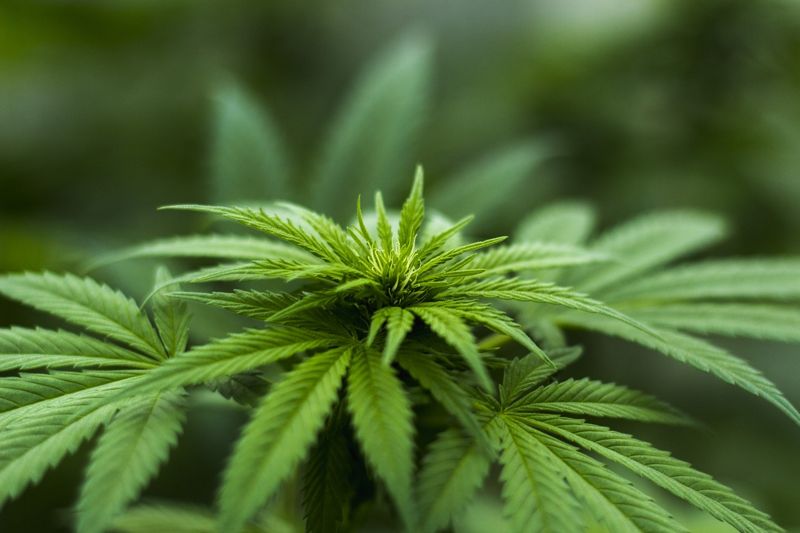


Posted July 23, 2021
The Advantages of FR Cellulosic Fabrics
History
Cellulose is the material that forms the cell walls of all plants. Cellulosic fibers include cotton,
rayon. Lyocell, flax and even hemp. Fabrics made with these fibers have been used to protect
wearers against thermal hazards for many years, long before inherent fabrics were even
considered. Cotton fabrics were made flame resistant by application of materials like borax.
salts, stannic oxide or alum. These ‘treatments’ normally entailed soaking a garment in a
solution containing these flame inhibiters and drying them. As you might suspect, these early
treatments were not very durable and were at least partially washed out during the laundry
cycle, requiring a retreatment.
In 1970’s, a joint project between the United States Department of Agriculture and U.S. Steel
developed a method for treating cotton fabric to impart flame resistance with greater durability
for steel workers. This initial process was improved upon through the years resulting in
today’s FR fabrics that are substantially more comfortable incorporating flame resistance
durable to over 100 wash and dry cycles.
Protection
FR cotton and cotton blends (including all cellulosic fibers such as lyocell and rayon) have
been used to protect against flash fire, wildlands fires, electric arc flash, welding, grinding and
cutting. Inherent blends tend to excel in protection from some hazards with limitations in other
areas.
Comfort
The FR cellulosic treatment process has seen significant improvements in hand (fabric
softness) in just the last few years. In the recent past nearly all treated fabrics needed to go
through some form of mechanical softening process to reduce stiffness and just make the
fabrics feel soft. Improvements in chemistry and process control have resulted in fabrics that
feel better even without mechanical softening. There are inherently FR fabrics that promote
the idea of comfort through air permeability or moisture management, but it is still hard to
improve upon the natural feel and comfort of cotton and other cellulosic blends. A number of
our FR cellulosic products incorporate spandex for comfort and increased range of motion.
We typically use the word ‘Flex’ in the product name as a reminder that while these fabrics use
stretch filling yarns, the range of motion improvements extend in all directions. Even a little
stretch will improve the comfort and fit of a garment. FR cellulosic fabrics have an intrinsic
comfort advantage because they are absorbent, including the ability to absorb moisture from
the atmosphere (moisture regain), making FR cotton garments warmer in cold weather and
less irritating to the skin in hot, humid conditions.
Durability
The incorporation of nylon fiber found in many of our FR fabrics significantly improves the
abrasion resistance of a fabric, allowing FR cellulosic garments to last longer. Inherent
FR fabrics may have an advantage in durability when compared to fabrics of equal weight
and construction, however as manufacturers push to make lighter weight fabrics
incorporating more complex constructions, even durable fibers may reach their limit. It is
not uncommon for these lightweight fabrics to suffer reduced service life due their
potential for damage in a work environment.
Economics
It is expected that FR cellulosic fabrics will cost less to purchase, but this can also mean
more protection for organizations that budget a fixed amount for protective garments.
Cost-effective FR cellulosic garments can allow an organization to protect more people
and reduce the cost of replacing garments that are damaged or worn. Some of the lighter
weight inherents can be quite expensive due to a high initial purchase price and the need
for frequent replacement. It is not unusual for wearers to buy the latest lightweight
inherent only to be disappointed with the service life of the garment.
Other Benefits
FR cotton and cellulosic blends offer additional benefits outside the capability of inherent
blends.
-FR denim fabrics are all but indistinguishable from their non-FR counterparts. FR denim
offers the same long wear, flexibility, comfort and style that are valued in a good pair of
jeans. At trade shows we have had to label FR jeans with tags saying ‘Yes, these jeans
are flame resistant!’.
-Prints and yarn dyed fabrics with good washfastness can be produced using vat dyes.
This allows garment manufacturers to offer new looks by changing print patterns without
changing the base fabric or having to recertify a new fabric. There are some inherent FR
fabrics made with producer colored or yarn dyed construction, but they are not
inexpensive. While it is possible to produce a printed inherent fabric, very few if any have
been available outside of military applications.
-Stretch fabrics including denim have been very popular in recent years due to the
improvements in comfort and fit the addition of ‘flex’ offers, especially in pants. Garments
constructed with stretch waistbands also offer the advantage of consistent fit. Some FR
wearers will purchase or be provided multiple FR garments and with stretch, all of these
garments can have the same fit.
-FR cotton and cellulose garments offer the widest range of protection from multiple
thermal hazards broad applications. One garment can provide protection from the
broadest range of thermal hazards. This if one of the reasons you will find FR cotton and
cotton blends in foundries, cast houses, welding and fabrication shops, electrical
contractors, petrochemical plants, drilling rigs, landscapers, the food service industry,
glass bottle manufacturing, all types of utility providers and aboard submarines. There
may be no class of flame resistant garments that are used in as many industries and
military applications as FR cotton.